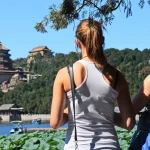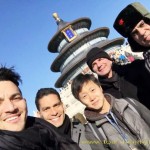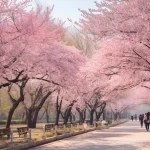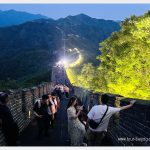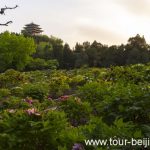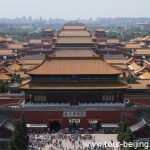How to Visit Nanjing Massacre Memorial Hall (Tips, Photos & Map)
Plan your Nanjing Tour? Nanjing Massacre Memorial Hall is the big draw on your Nanjing trip. The museum’s official name is called the Memorial Hall of the Victims in Nanjing Massacre by Japanese Invaders (侵华日军南京大屠杀遇难同胞纪念馆). Nanjing Massacre Museum tells the overwhelming atrocities of raping, killing, burning and looting committed by the Japanese forces of aggression during the six weeks…
